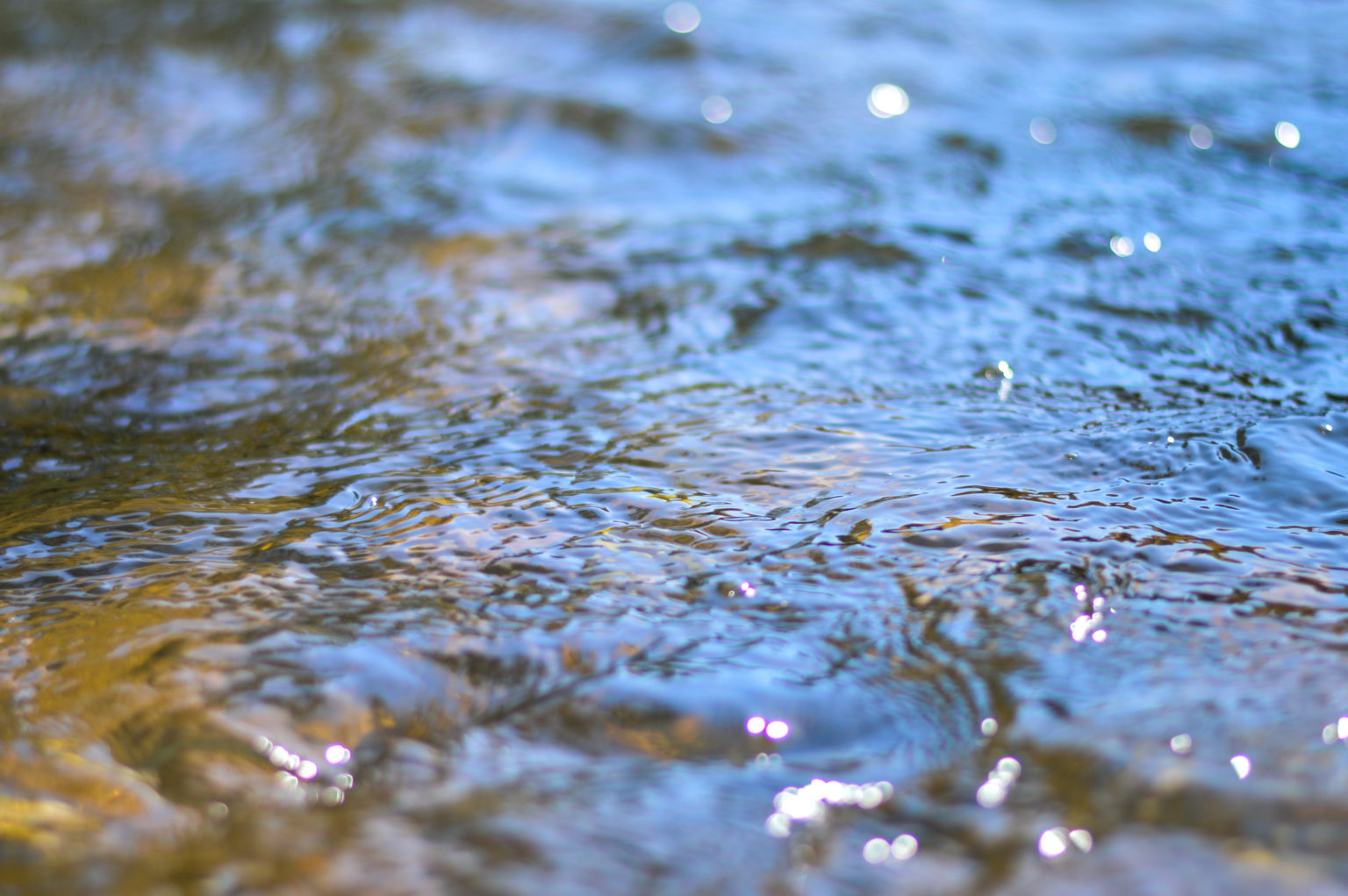Water scarcity in arid environments around the world is a threat to ecosystem health as well as to the livelihoods of the one billion people who inhabit them.
Dr. Adam Milewski, an affiliate with the River Basin Center at the University of Georgia and an Associate Professor and Associate Department Head in the Department of Geology, is helping to tackle this issue by researching the best way to locate groundwater recharge in arid regions in the southwestern United States and in several Middle Eastern countries including Egypt, Morocco, Saudi Arabia, and Kuwait.
Milewski and his team of researchers are setting out to gather data on water recharge occurring in arid environments to better understand how groundwater in rural, dry areas can be discovered and sustainably utilized.
“In arid environments, it’s so hot that most water just evaporates or transpires. Thus, the common notion was that recharge doesn’t occur and that pumping existing resources in these environments would be unsustainable. Others and I have challenged that paradigm by suggesting that in some arid areas, given certain conditions, you can actually get recharge. We call these focused recharge mechanisms,” Milewski said.
The need for rural, arid areas to find a sustainable water source is immense. Currently, many communities get water from already overused aquifer systems. Milewski and other scientists are working towards helping these areas find renewable and sustainable water sources right in their own backyards, rather than pumping from aquifers also being utilized by numerous others.
“Many people in the Middle East live in major cities. The reality is that rural populations living in the desert might not have access to traditional water sources, and so they could utilize these groundwater recharge spots. This data also may aid government organizations when they’re thinking about land redevelopment, to ensure that there are sustainable water sources nearby,” Milewski explained.
Water recharge in some arid environments is often thought of as uncommon or even impossible. However, Milewski and other researchers have discovered that focused recharge occurs in topographic depressions, underneath stream channels, and areas where the geology makes infiltration more likely, they can find these focused recharge mechanisms and use them to develop wells.
“Outside of the United States and parts of Europe, we really have almost no data about how groundwater recharge processes or magnitudes,” Milewski said. “The idea of being able to say what an aquifer level is or having a stream gauge to know how much stream flow occurs is almost nonexistent. We need to apply globally available data sets by the European Space Agency and NASA to do an overall assessment so that we can begin to understand how these mechanisms work across the world”. Gathering data on focused recharge in arid environments will allow scientists like Milewski to help rural communities find sustainable water sources, giving them more autonomy and resources for drinking and agriculture.
This work has been made possible with the assistance of the Kuwait Institute for Scientific Research, National Science Foundation, and the University of Georgia.
Contact: Adam Milewski
Author: Cammie Caldwell

